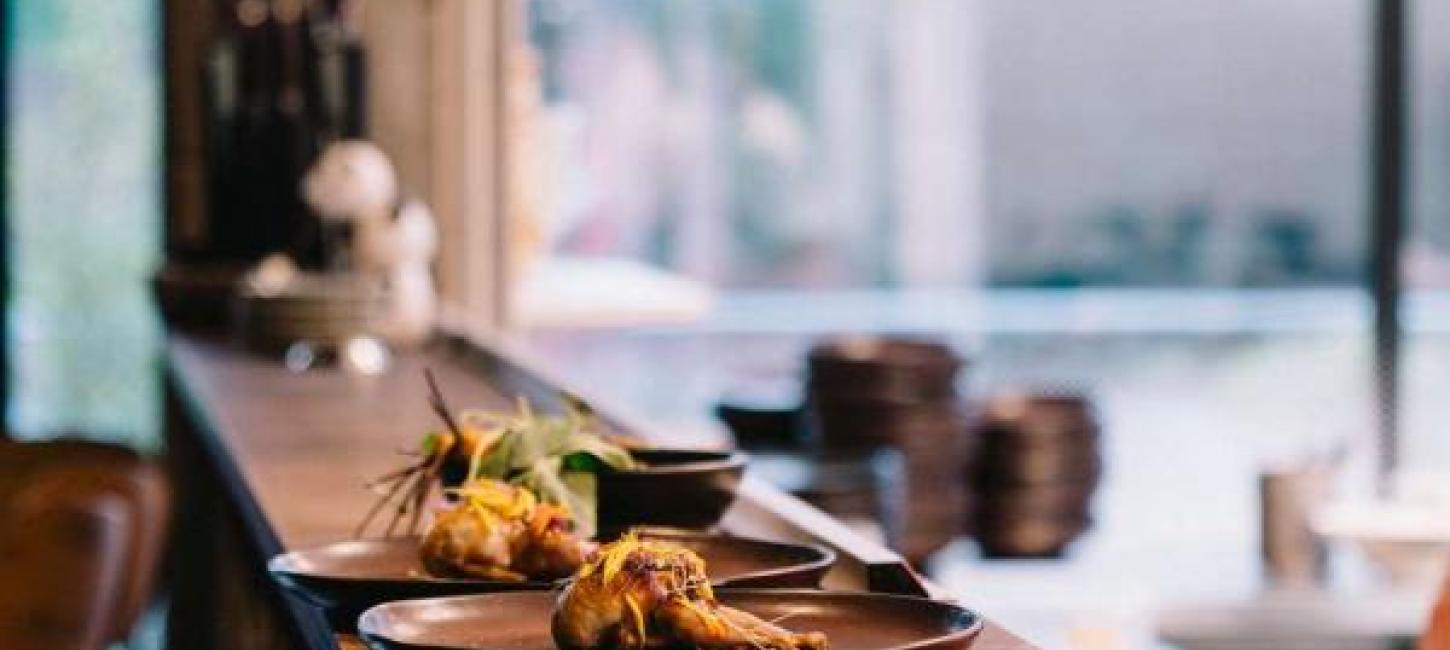App Suggestions
This page features a selection of apps that you or your Chinese visitors might find useful.

If you have Chinese customers, you have probably noticed that they do things differently and have other expectations than Scandinavian guests.
On this page, you will find a list of suggestions, tips, and explanations about cultural differences and special preferences.
Drinks
Food
Guests
Groups
Links